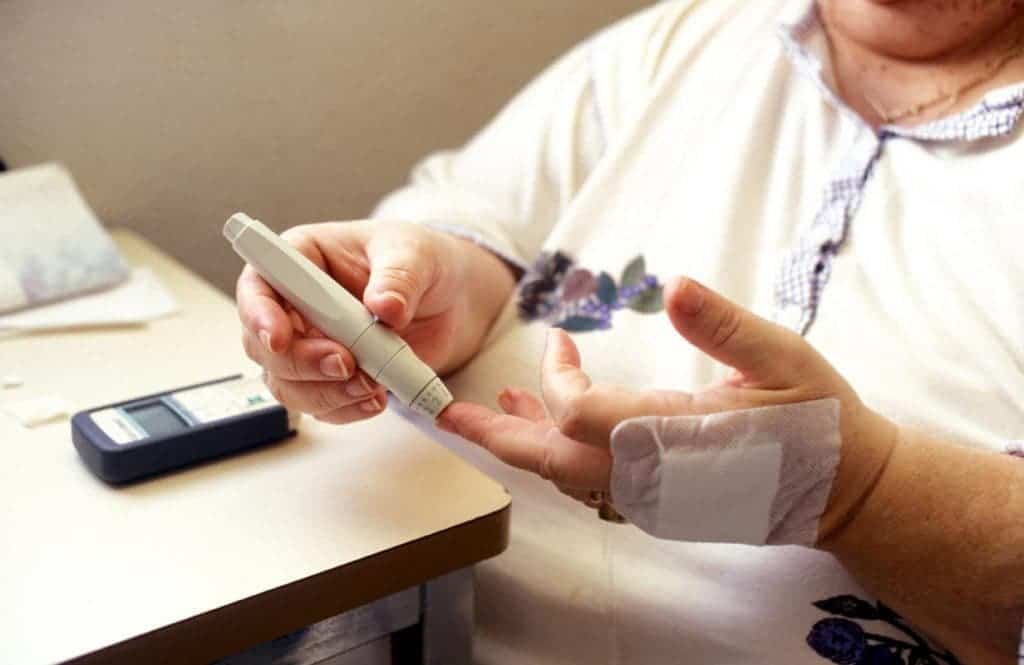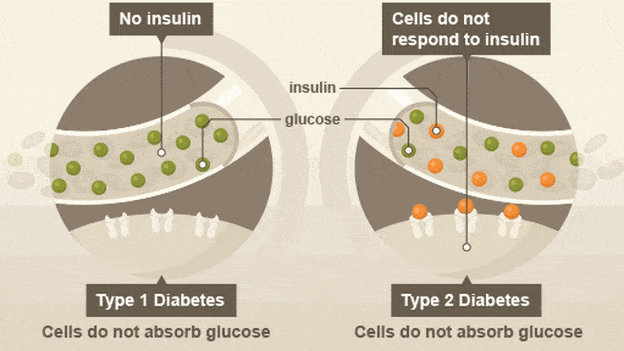Researchers at University of Southampton, England report finding an alternative pathway to activate a key enzyme involved in cellular glucose uptake, mimicking the effects of exercise (some of it). In type two diabetes the enzyme in question is “lazy” and drugs are usually used to activate it, allowing glucose to enter the cell and produce energy (adenosine triphosphate or ATP for short). It’s not clear yet whether the new molecular compound, for now simply called ‘compound 14’, is better than current treatments.

Diabetes is diagnosed when a person has too much glucose (sugar) in the blood. This happens because the pancreas cannot make enough insulin. Insulin is produced in the pancreas and has two jobs in the body – the first is to transport glucose from the blood supply into fat and muscle cells, where it can be used for energy. The second is to switch off the liver once the level of glucose in the blood is high enough. This is the case with Type 1 diabetes. In Type 2 diabetes – which is usually caused by poor dieting and obesity – the main problem is the cells become insensitive to the insulin. By not responding, the insulin fails to transport the vital glucose to the cell.

To combat this, drugs are prescribed which activate an enzyme called AMP-activated protein kinase (AMPK). The enzyme helps reset the body by increasing AMP (Adenosine diphosphate and monophosphate, respectively) production. The most commonly used drug that does this is metformin. While other drug have various side effects, including weight gain which is a big ‘no-no’ for diabetes patients, meformin is quite safe. It’s only side effect is that it produces some gastrointestinal irritation. Moreover, it promotes weight gain and has been likened to an “exercise mimicking” drug. That’s because exercise also promotes increased AMPK activation, hence the similar effects.
Compound 14 is interesting since it seems very similar to meformin, in effects at least, only it uses a different mechanism.

In the present research, two groups of mice – one of normal weight, the other obese – were administered compound 14 for a week. The normal mice experienced no major change in their bodily functions: their weight remained constant as sugar levels in the blood. The obese mice, however, lost 5% of their body weight and blood sugar dropped. This is very similar to meformin. However, compound 14 works by inhibiting a different enzyme called ATIC. In turn, this causes the build up of a molecule called ZMP (an analogue of AMP). This increase in ZMP seems to create similar effects in the body as an increase in AMP.
These findings are still preliminary, though. Side effects are virtually unknown (the subtle ones at least – you can’t ask a mouse how it feels) and it isn’t clear if it works for all overweight mice. For now, meformin is here to stay.
While meformin and compound 14 seem to help with Type 2 diabetes, they can never beat another ‘drug’: real exercise.
Findings appeared in Sciencescape.


